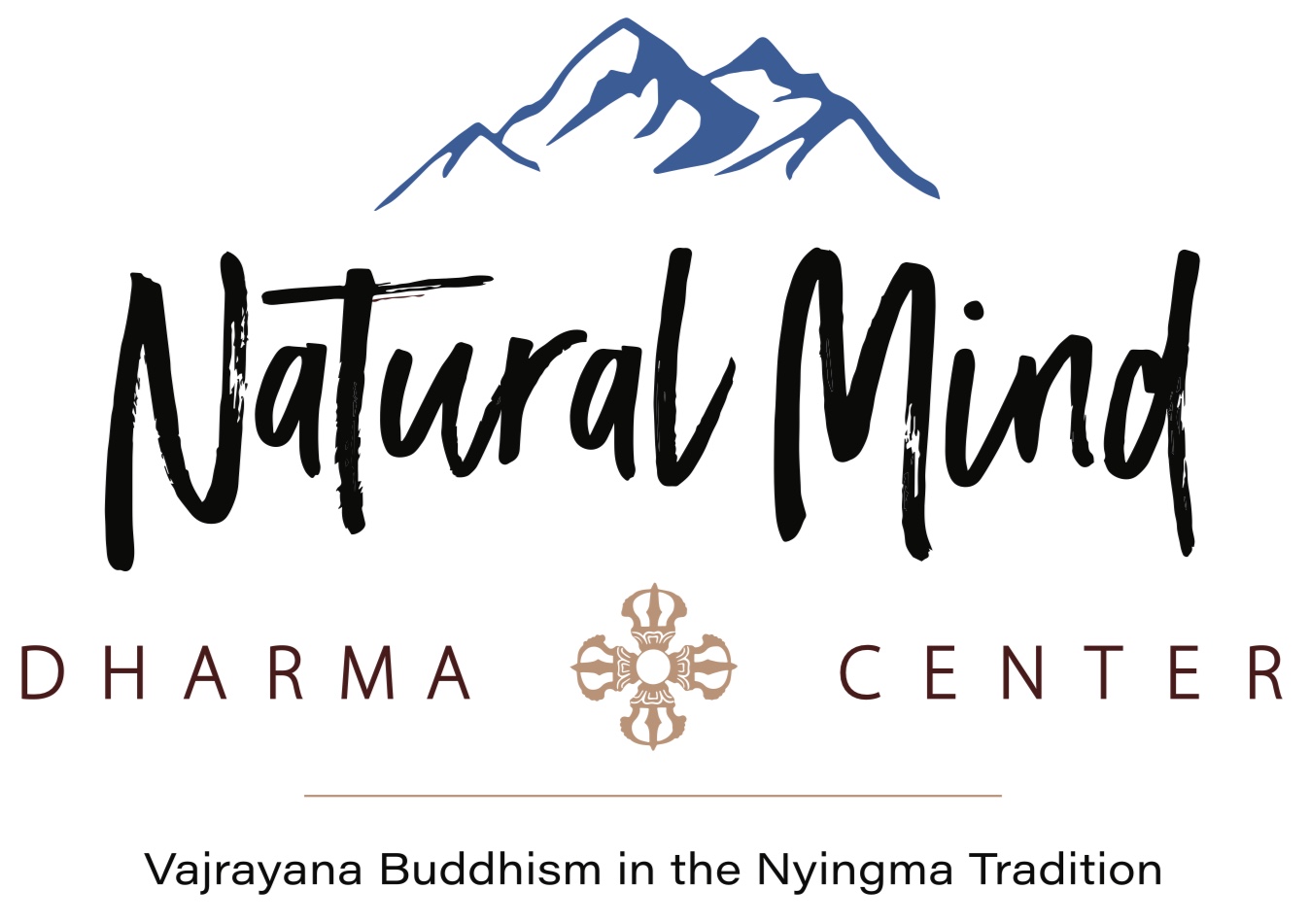Nature’s Retreat
Maps refer to this landform as Steens Mountain. The Northern Paiute name is Tse’tse’ede, meaning “The Cold One.” It is an apt designation for the glacially carved fault-block uplift that rises nearly 10,000 vertical feet. Over millennia, glaciers cut deep U-shaped valleys into the western slope, appearing like the path left from a giant ice cream scoop. Other evidence is glacial pavement, smoothed expanses of basalt hosting subtle scratch marks left by the grinding action of rock-imbedded ice. The movement of this glacial retreat smoothed the volcanic landscape and created a wondrous panorama.
Another kind of retreat comes to mind. I think about human spiritual sojourns designed to smooth the rough edges of our mental habits and emotions. When we set foot on a contemplative path and choose reclaim our natural mind, a long ice age begins to melt and recede. We rediscover the metaphoric geology of our hardness, the discomfort of clinging to illusions that imprison us. We also realize the hardest surface of our patterns is no match for an ice age that scours away the jagged margins of our ignorance.
For instance, the coldness of fear and icy fingers of depression can carve us into something of great beauty. But we can only see this from top of the inner mountain, the unencumbered viewpoint of the natural mind. It is the best place from which to watch glaciers retreat while rediscovering the pinnacle of awareness. We fly like an eagle through the mind’s glacially-carved valleys where all our mantras and prayers echo—and where deep contentment abides.
Nature teaches us these things, but we need to learn how to hear her guidance by settling our mind into the rhythm of her breath. In the language of Vajrayana Buddhism, natural elements are the way the dakini communicates. She is the ground of our wisdom mind and she whispers teachings through her warm breath.
Quiet the mind and listen now …
